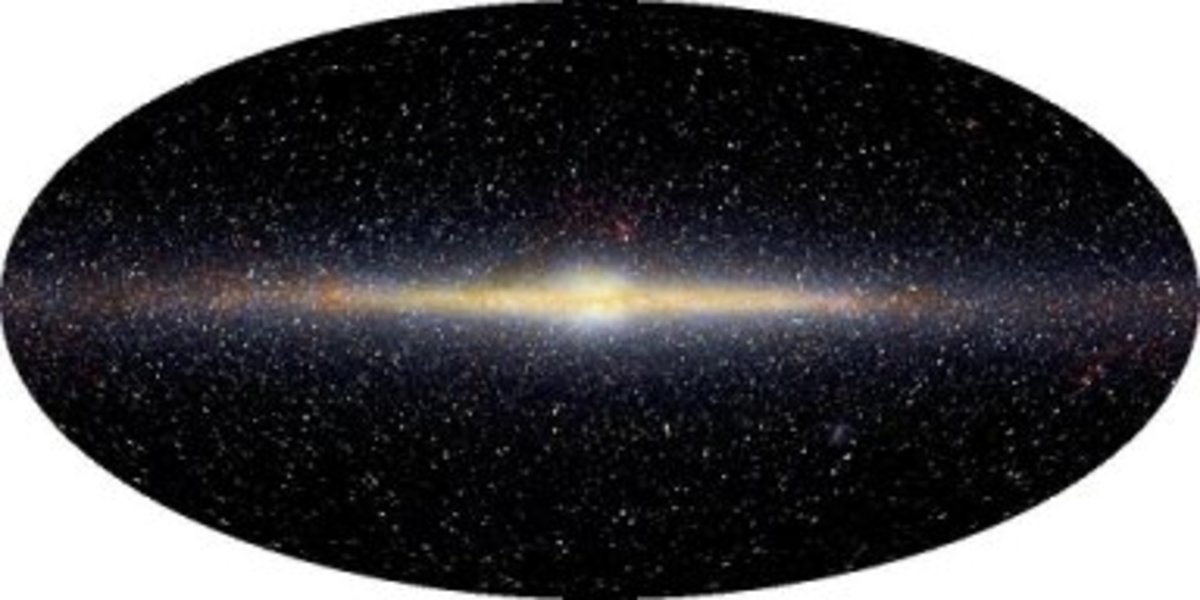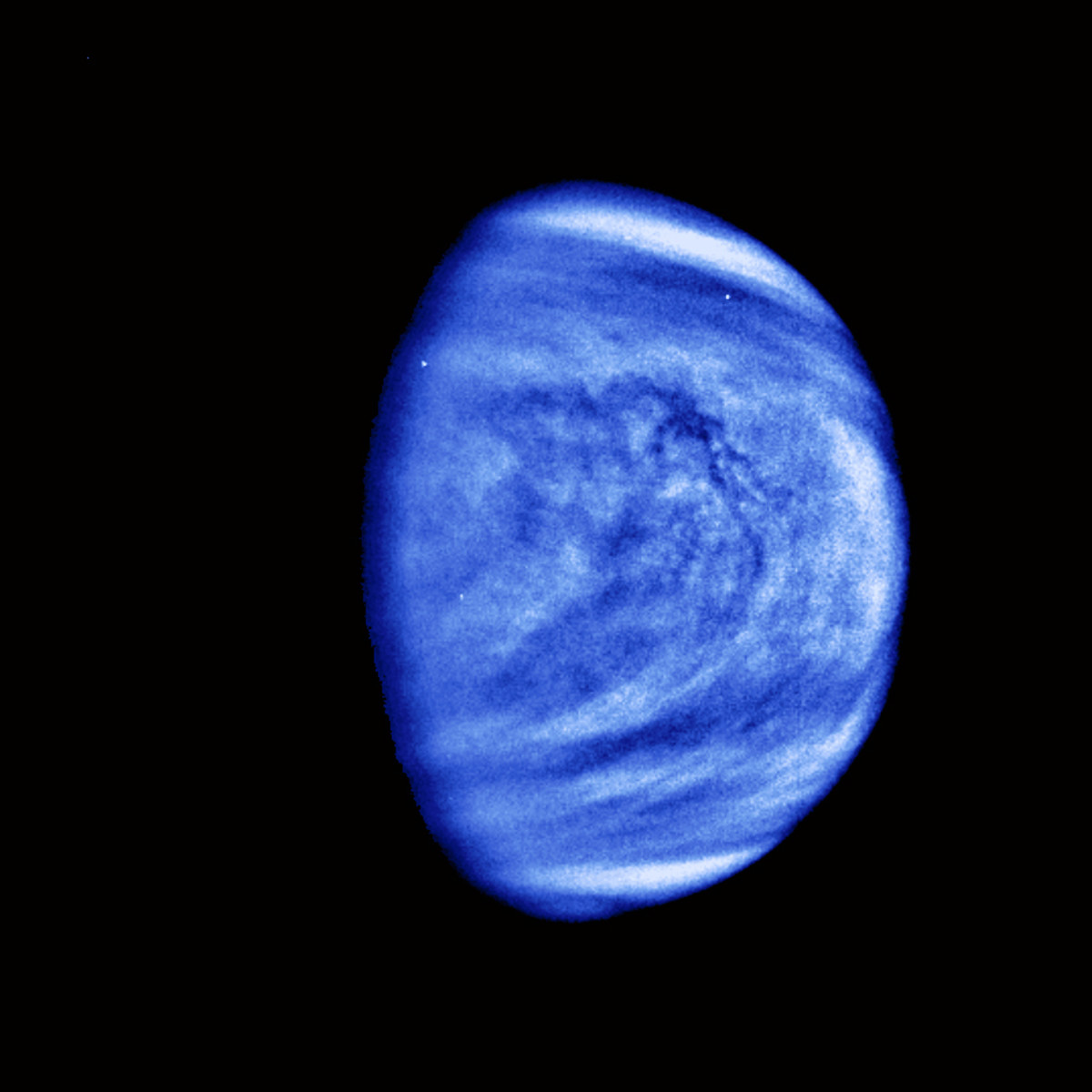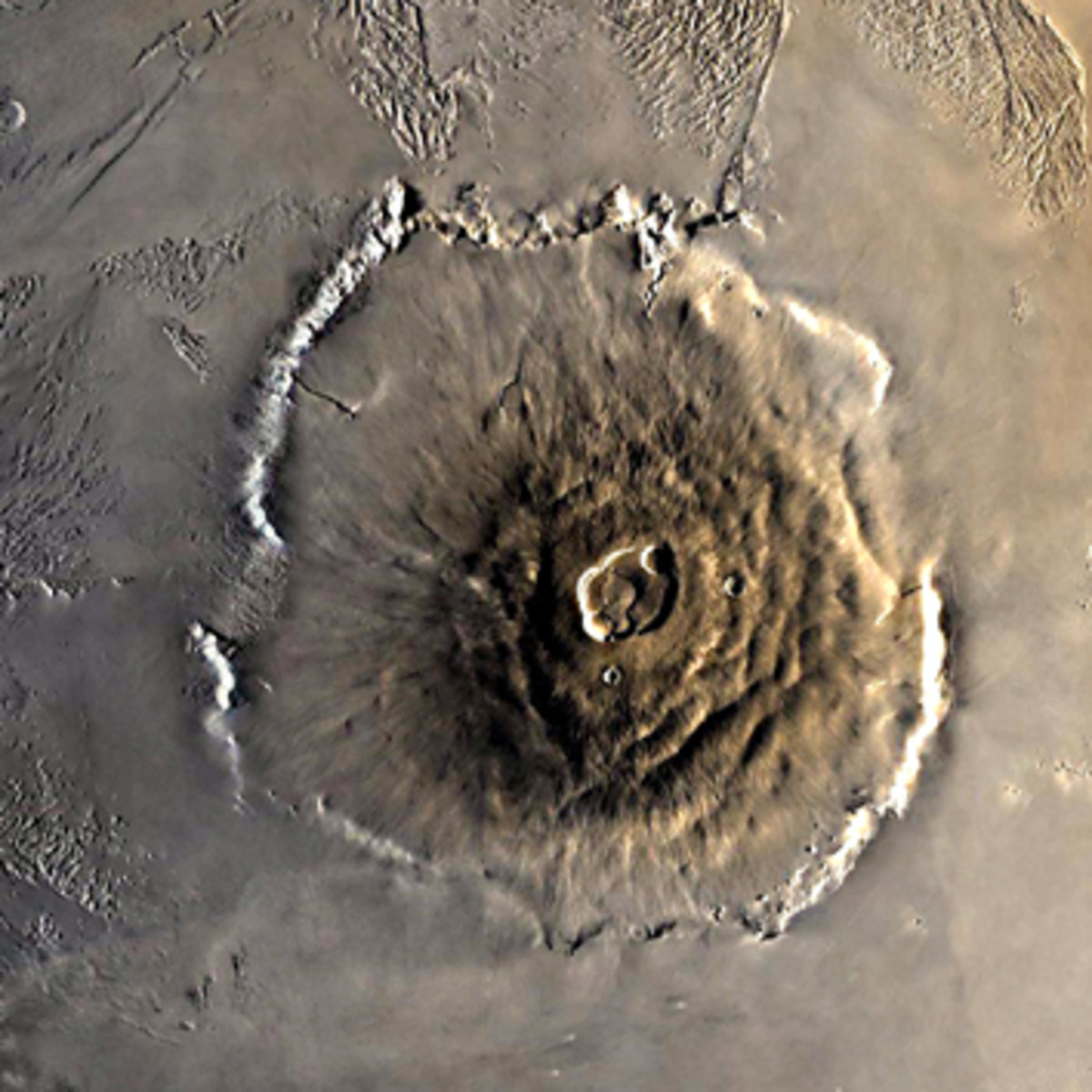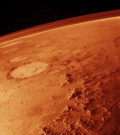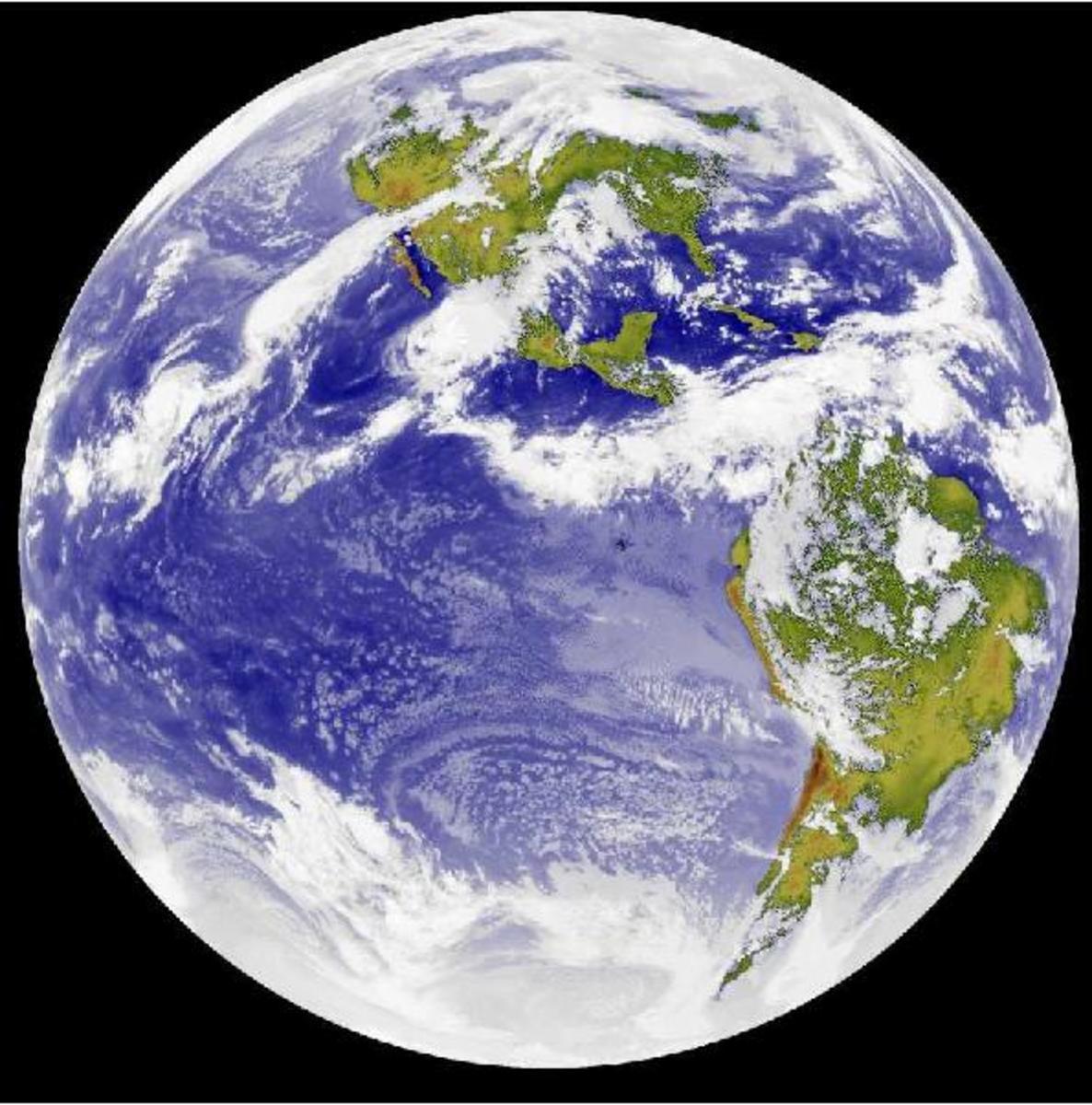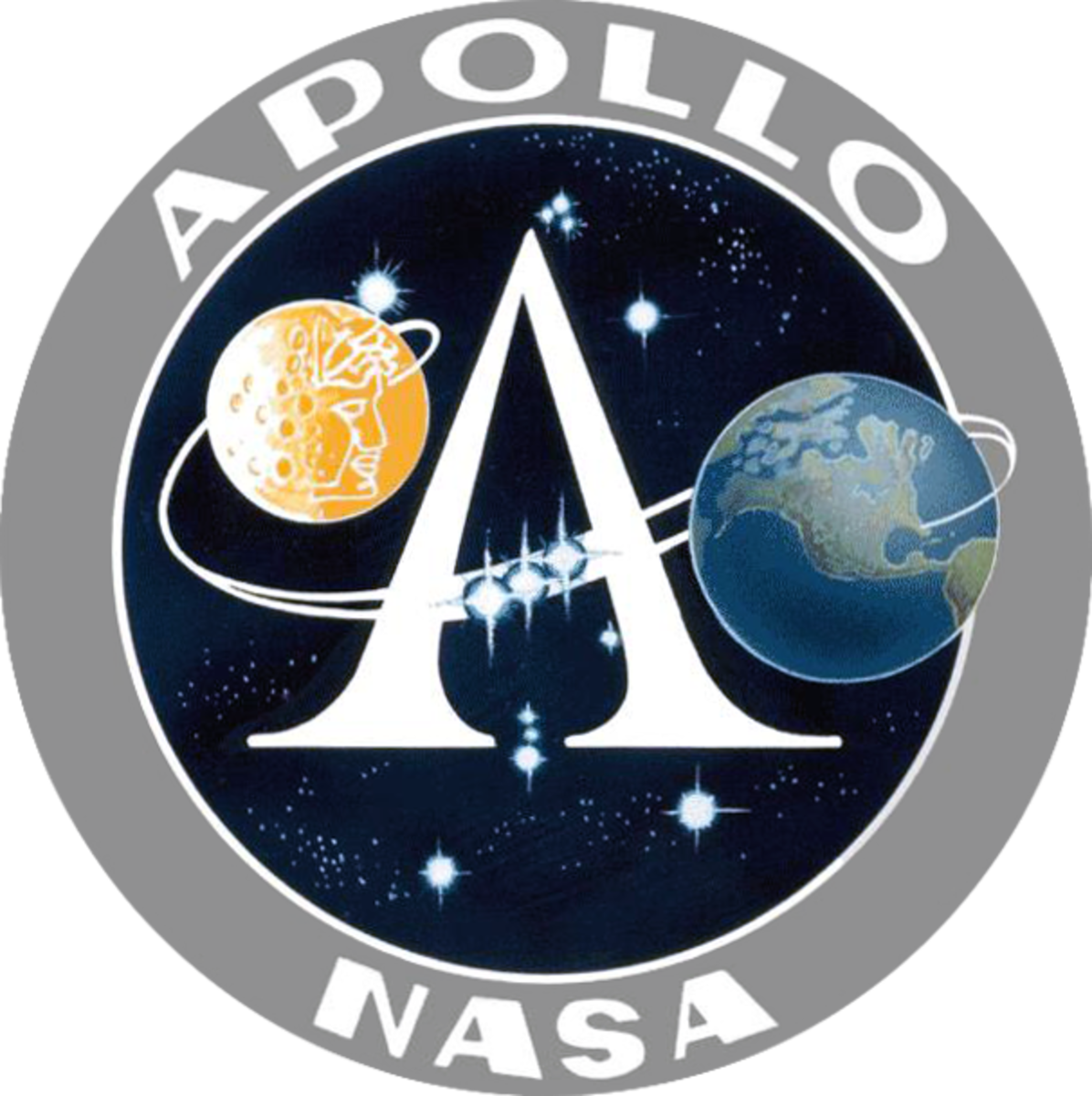How pulsars can affect Planet Earth
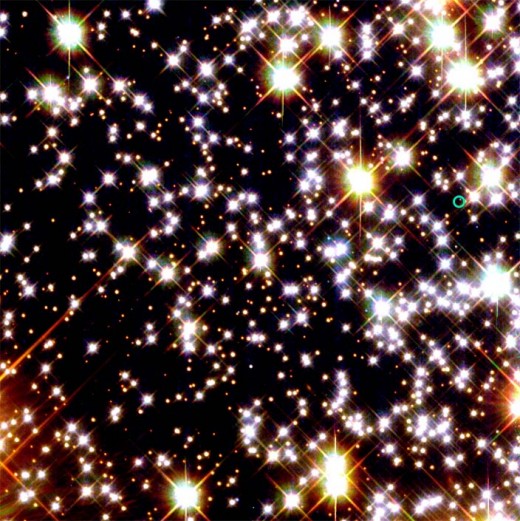
Pulsars deep in spce help us to locate the Earth in relation to them
Though most pulsars are distant, there is the potential that a nearby forming pulsar can have dramatic effects on Earth. Pulsars are born from massive stellar super-novae that leave behind neutron star cores that are highly magnetized. Some of these periodically and rapidly pass a synchrotron beam across our field of vision should we be lined up with the beam. Being lined up with a passing beam is something that occurs only infrequently as there is, in each case of a pulsar, a celestial sphere of directions where a charged beam can point. Very few are as a consequence pointed toward the solar system. This indicates that there are a lot more pulsars out there than just the ones we see. How many are there? We honestly don't know! Those that do point toward us do have an effect on us.
From the outset, when we didn't know about pulsars, we have heard their rapid fire signals on radio telescopes. Initially, it was thought that they were signals from advanced alien civilizations. Due to this thinking, S.E.T.I. (Search for Extra-Terrestrial Intelligence) commenced operations to begin investigations. It was later determined that the signals being listened to, were natural and not artificial. The initial search turned up the periodic rotating synchrotron beams coming from pulsars, which got their name from the rapid pulsing flashes in the X-ray to visible light to radio wavelengths. Further, it was found that no two pulsars were equal. Some blinked once every thirty seconds while the really fast ones blinked at a rate of nearly a thousand pulses a second. It was also found that they were gradually slowing, still another sign of natural origins.
We have seen one way that pulsars affect the Earth in the early heyday of "alien contacts" that created quite a buzz; so much so that we started beaming signals into deep space ourselves. We also sent out two deep space probes, Voyager 1 and Voyager 2 in two separate directions. On each of them is a gold anodized record of world music, language, literature, photos and a diagram of a man and woman in relation to the Voyager probes by size and of Earth's position in relation to dozens of pulsars. As we have not yet set up radio communication with advanced aliens, it is hoped that these "messengers" will someday fall into their hands and they will find us. Consider for a moment that to beam a signal across the vast gulf of space of thousands of light years would require the energy that is so far well beyond our reach. Aliens would have the same problem. Then there is the signal restriction of the speed of light, which means that call and response would take a long roll over time; something not practical outside of the local of several planets and moons around one star.
Another way that pulsars affect the Earth is disruptions in communication. but this is rather minor compared to the disruption a thunderstorm or a solar coronal mass ejection (CME) event can muster. In order for a pulsar to have immediate and great effect on the Earth, a super-nova would have to explode in our stellar back yard. There are several candidates that are under study at this time. In order for one of these pulsars to have repeated impact, the beams would have to cross our solar system in order to strike the Earth.
A super-nova event in our stellar back yard would be bad indeed for us. One going off would outshine the full moon and would be visible by day. The incoming radiation would destroy the ozone in the upper atmosphere and atomize the oxygen and nitrogen into free radicals. These would combine into nitrous oxide and become poisonous to us. The atmosphere would turn brownish like the air in badly polluted cities, only on a planet wide scale. But long before a poisonous atmosphere could kill us, incoming gamma and X-rays would expose all living things to lethal levels of radiation. At the moment of contact, the atmosphere would suddenly turn violet. We would get very sick, very fast within minutes and finally to die en-masse of extreme radiation sickness. Almost nothing would stand a chance, except microbes and deep sea trench life around volcanic smokers. The rest of life would go through a sterilization event.
If a periodic close by pulsar beam swept the Earth thereafter, life as we know it would not be able to regain a foothold. The solar system would be uninhabitable. The whole of the solar system would be bathed in a flickering high energy beam that expose everything to intense synchrotron radiation. There is at least one extinction event in the earth's geologic history that is thought to have been caused either by a nearby supernova or a gamma ray burst. This was a one time even, which allowed life to gain a foothold and evolve again.

